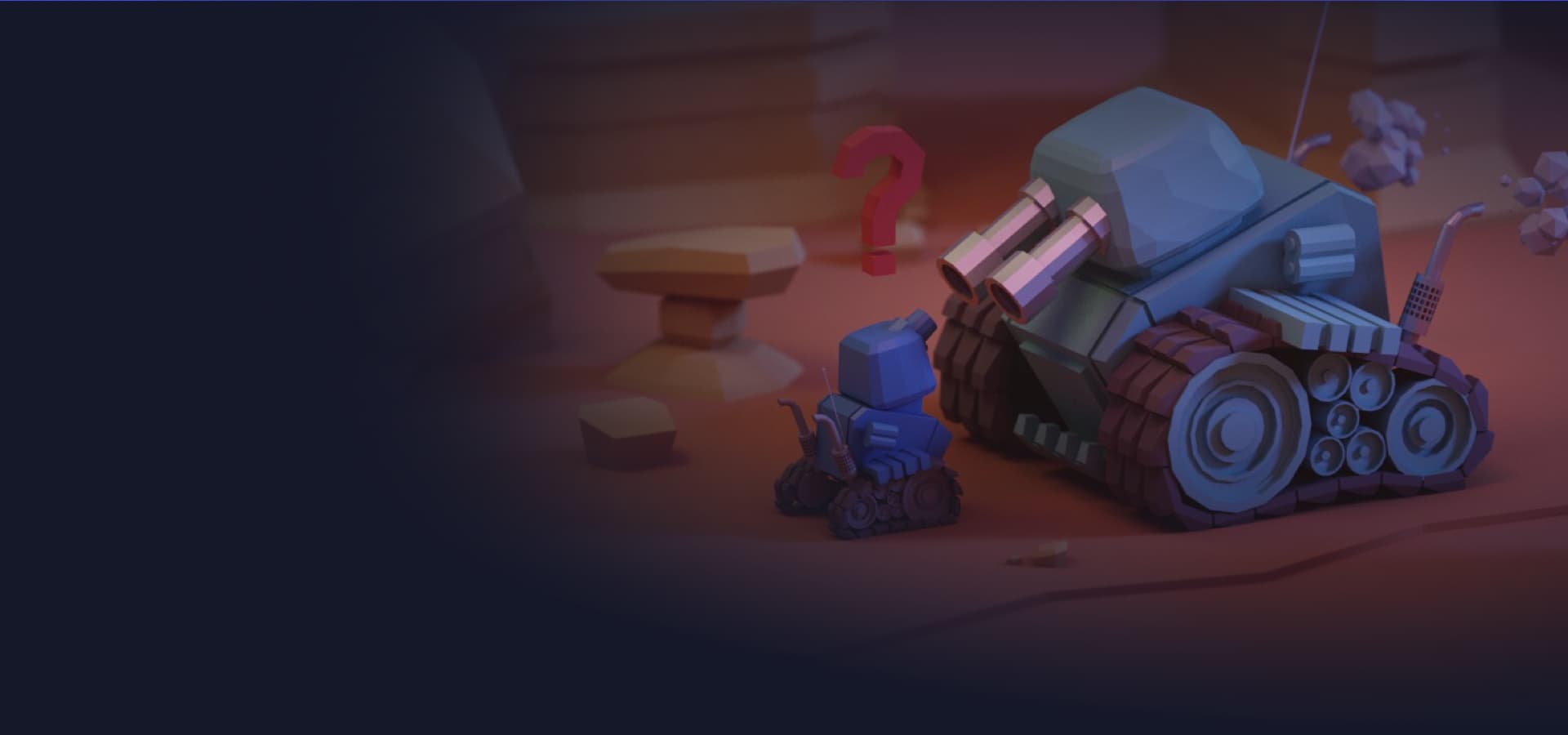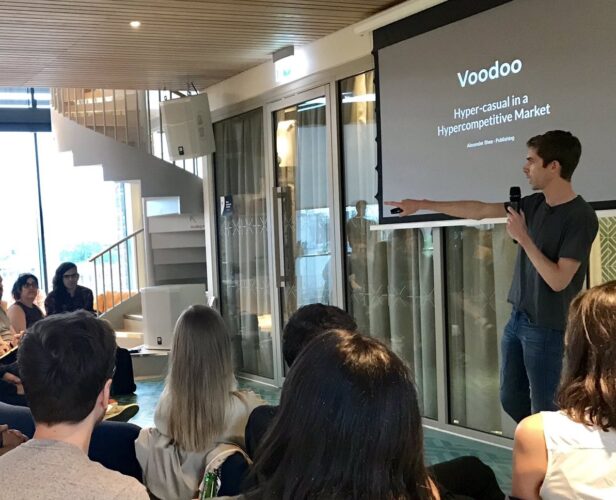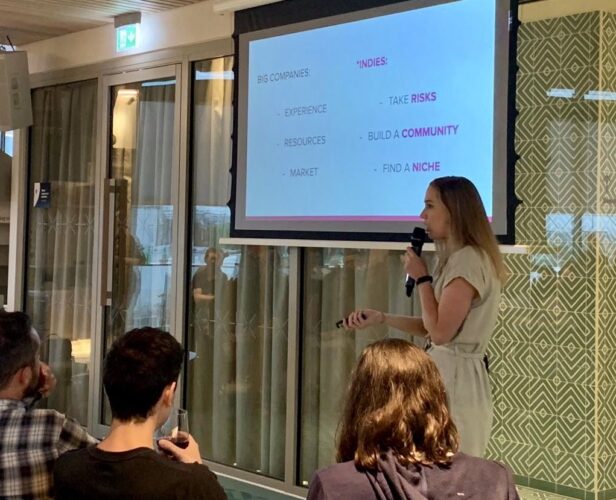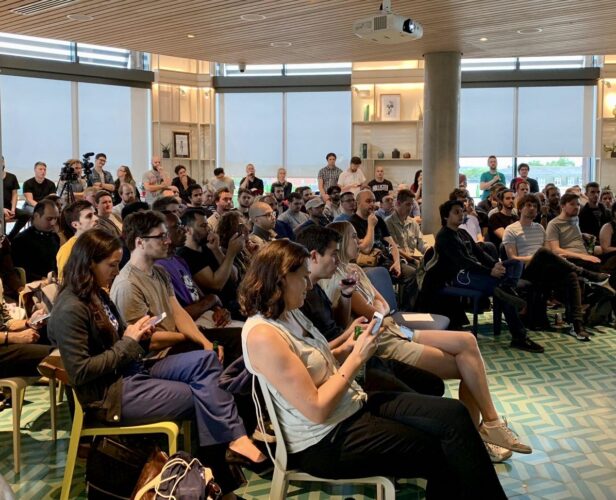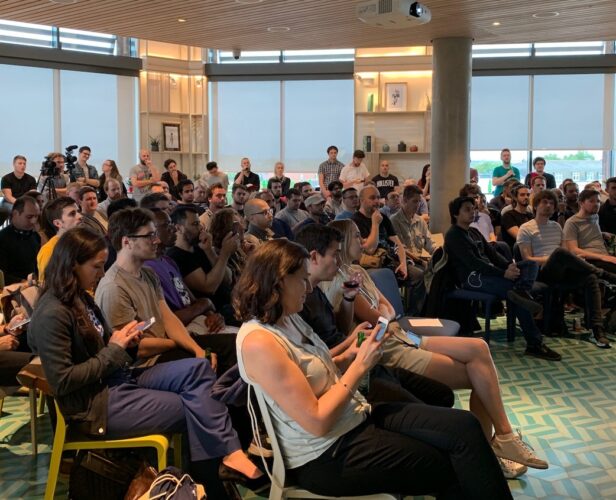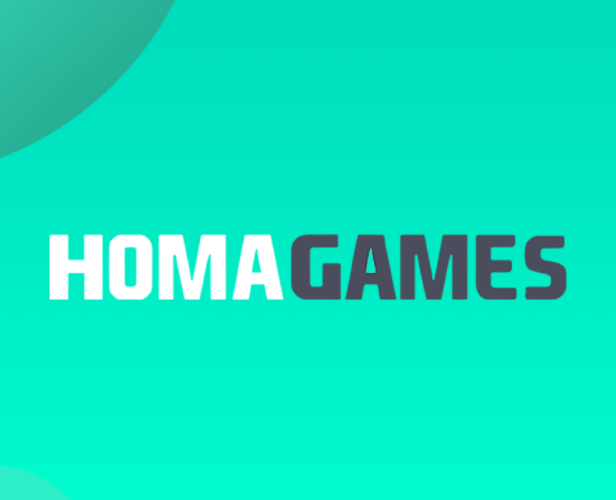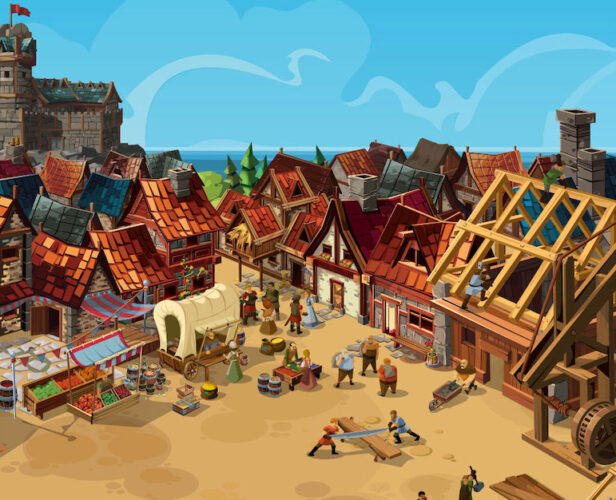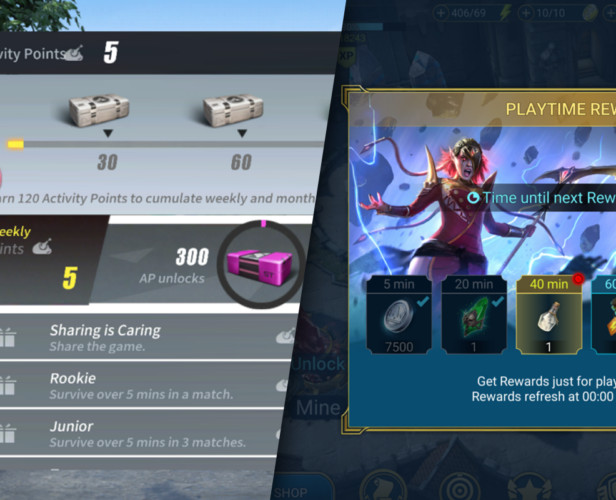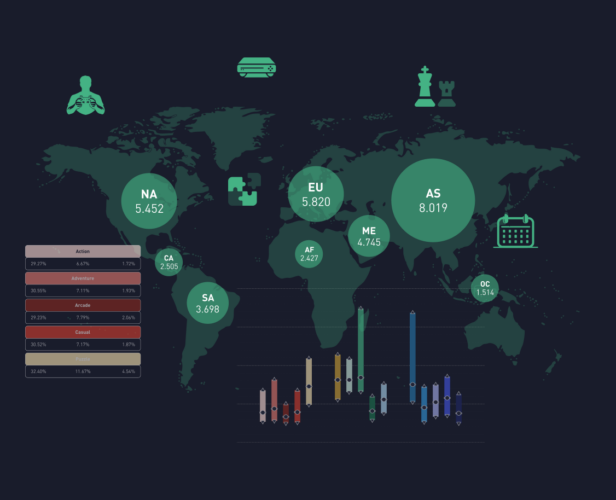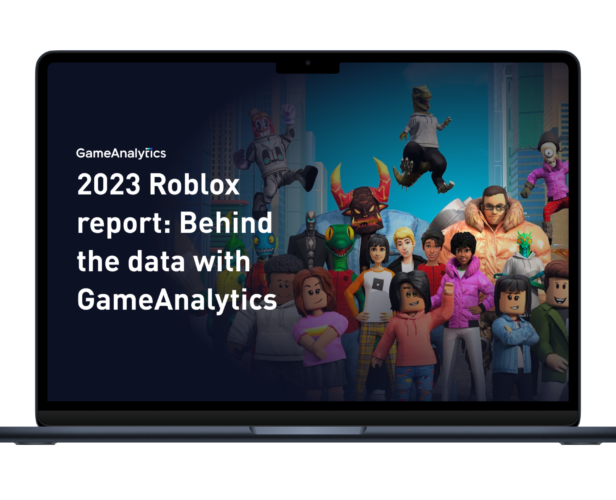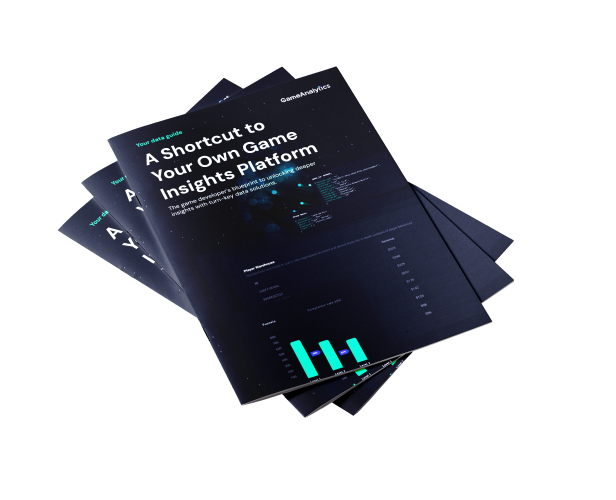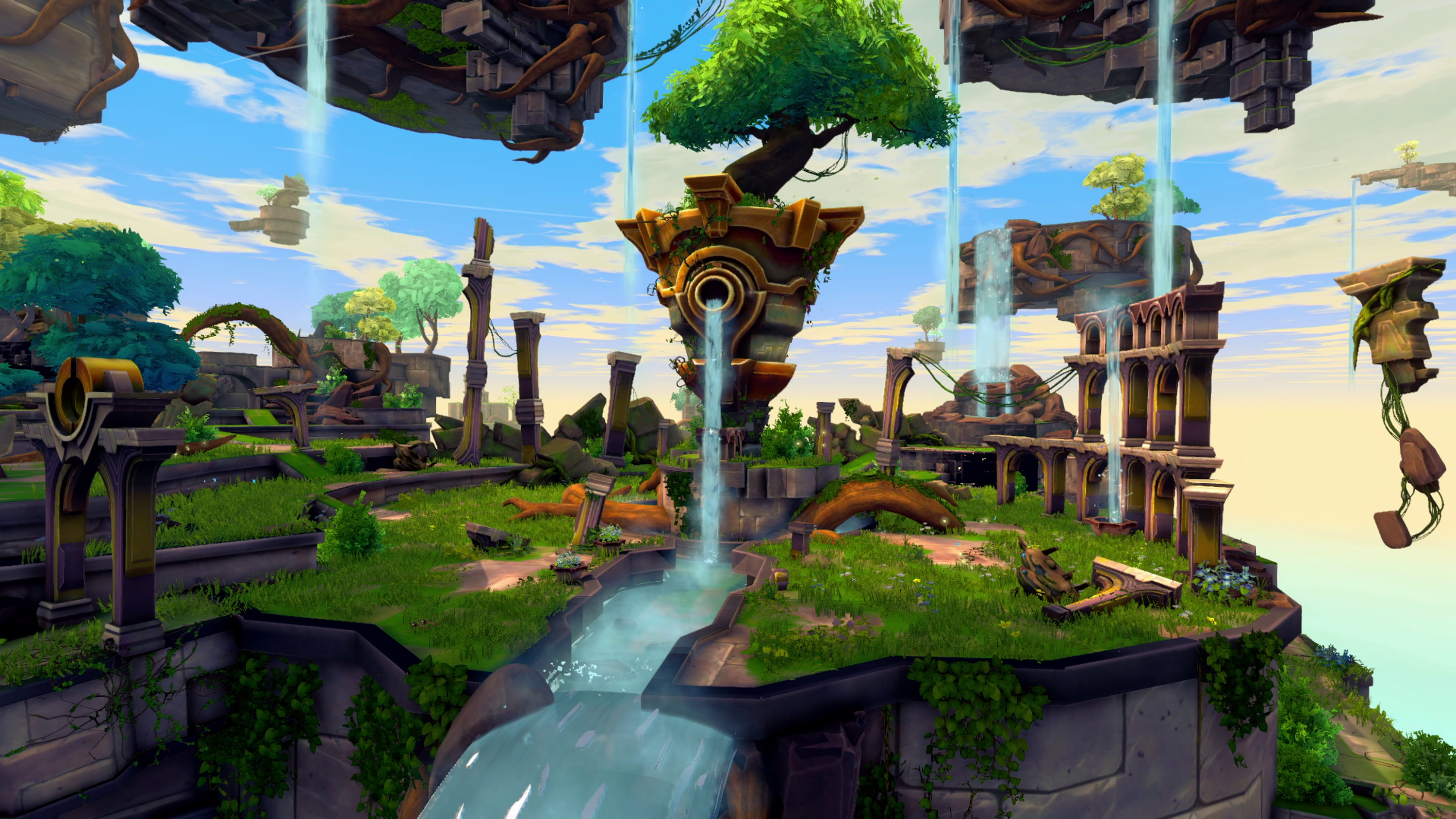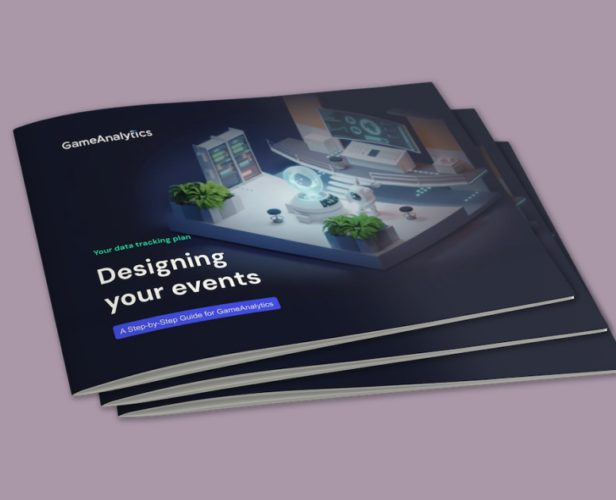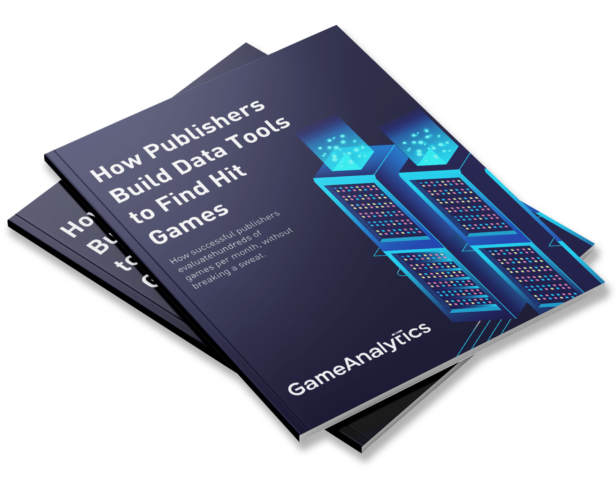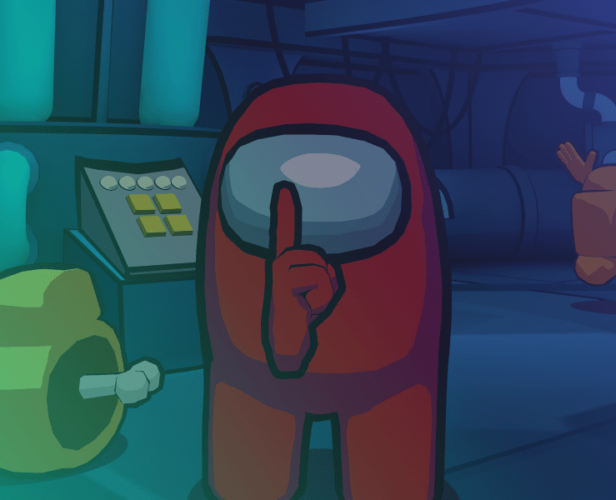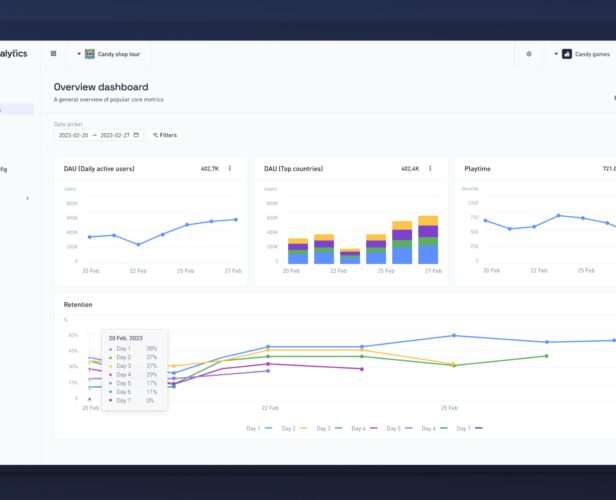Resources > All
Insights and tips about the games industry
Subscribe for gaming insights, industry reports and product updates delivered straight to your inbox.
#ASO
Finding Our Hyper-Casual Niche – Lessons From Platonic Games
In June 2019, GameAnalytics hosted a mobile gaming event to talk about casual gaming, which we called ‘The Arcade (R)Evolution: Making Hit Casual Games‘. Valeria Castro of Platonic games somewhat stole the show with her presentation – speaking with wit and passion about how to find a niche in the world of hyper-casual gaming. If you couldn’t make our last event, don’t worry. Here’s Valeria to fill you in on what you missed (and here’s the video of her talk): We’re Platonic Games – a 10-person dev team from Madrid. You might know us if you’ve ever played Kawaii Kitchen, Happy Hop or Sailor Cats. As you can probably guess from those titles, we make super-cute, hyper-casual games. And there’s one question we get asked a lot. Can we actually compete against the big developers? In reality, no. We can’t....
#Game Deconstructions
PvP Modes in Casual Games – Disney, Harry Potter, Board Kings & Love Nikki
Editor’s Note: this post was originally published by Wilhelm Voutilainen, Senior Game Analyst at GameRefinery. As a Senior Analyst, Wilhelm knows the ins and outs of game feature data in western markets, specifically on PvP games. PvP is often the key feature that defines mid-core games. For example, in shooters, RPGs, and strategy games, one of the most addictive elements is built around the possibility to show off who has the best aim, most cunning strategies, and strongest characters. But when you think about casual games, PvP is probably not the first feature that comes to mind. Considering this traditional view, could PvP be effectively implemented into lighter games such as casual Match3s, adventure, and customization games? In this blog post, our friends at GameRefinery take a closer look at PvP-mode examples in casual games of various types to shed more...
#Marketing & Publishing
Hyper-casual in a Hyper-competitive Market – Voodoo
In this talk, our audience learned just what exactly is Voodoo’s development approach, what their publishing agreement is, and what metrics they care about. You’ll learn from start to finish, the journey of a viral hit (looking specifically at AquaPark). If you fancy watching the other talks from this event, you can find them here: How We Found A Hyper-Casual Niche – Platonic Games The Latest Trends for Hyper-Casual Games – GameAnalytics
#ASO
How We Found A Hyper-Casual Niche – Platonic Games
During this event, Valeria from Platonic Games took to the stage, and showed us just how exactly her small-time studio tackled the competitive market by finding their niche in Kawaii mobile games. If you fancy watching the other talks from this event, you can find them here: The Latest Trends for Hyper-Casual Games – GameAnalytics Hyper-casual in a Hyper-competitive Market – Voodoo
#Data & Analytics
The Latest Trends for Hyper-Casual Games – GameAnalytics
Using data from our portfolio of 74,000+ mobile games, we kicked off our event with an industry update and shared the freshest insights and KPIs for the hyper-casual category (as well as news about our upcoming features). If you fancy watching the other talks from this event, you can find them here: How We Found A Hyper-Casual Niche – Platonic Games Hyper-casual in a Hyper-competitive Market – Voodoo
#Marketing & Publishing
Making Hit Casual Games Event – Voodoo, Platonic Games & GameAnalytics
If you’ve been following our blog, email, or social channels recently, then you may have heard the words ‘Arcade (R)Evolution’ or ‘Making Hit Casual Games’ been muttered about once or twice. But what exactly is this? And what does this mean for you? In short, we’re hosting a series of GameAnalytics events (alongside numerous partner speakers from leading studios/publishers) around casual mobile games (called the Arcade (R)Evolution), and we’ve just held the first one of this series last week. If you were able to join us, brilliant! And thanks so much for coming. If you were sadly busy, then no worries, next time. But whether you want to catch up on missed content, or are eager to relive the evening, we’ve recorded each talk and shared the slides from this event below. Before you dig in, here is some more...
#Game Deconstructions
Homa Games Spotlight – Taking Your Game From Good To Great
After the launch of one of their biggest games, I spoke with Vincent Hart de Keating, Co-Founder & Managing Director of Homa Games, to learn how they improved their now biggest hit, Tiny Cars, and key lessons they learned on the way. Thanks for chatting with us today. Before we get started, can you give us a bit of background on Homa? What do you guys do? Sure thing. At Homa Games, we consider ourselves experts when it comes to mobile game publishing, especially within the hyper-casual space. We actually only started about a year ago (mid-2018) as a fairly small team. But in the space of just a few months, our team grew, with new members in game design, data analysis, motion design, and mobile development (making the ultimate A-team for publishing). Since then, we’ve managed to publish over...
#Marketing & Publishing
Studio Spotlight: Lessons From Goodgame Studios
Thanks for sitting down and chatting with us today. Before we get started, are you able to give us a brief history of Goodgame Studios? Of course. The Wawrzinek brothers (Kai and Christian) and their friend Fabian Ritter founded Goodgame Studios back in 2009. Within the first year, the studio launched 3 games, and quickly grew to around 100 employees. We’re amazed at how successful our games have been these past few years. In 2012, our free-to-play real-time strategy game, Goodgame Empire, received a European Games Award in the “Best Browser Game” category. And in that time, we also hit our first ever milestone – 100 million players. 5 years later, we reached yet another milestone as we generated $800 million in revenue (yes, we definitely popped open a bottle of champs). Our most recent news would be our acquisition...
#Ads & Monetization
Could A Subscription Model Work For Your Mobile Game?
These days, subscriptions are everywhere. Music, films, TV, food delivery – you can even learn a new language with a subscription. Publishers have been predicting that Netflix-style subscription gaming will take off for a good few years now (this 2014 article shows that people were talking about it five years ago – a lifetime in the world of tech). But mobile gaming is actually pretty far behind in this area, as most developers are still making most of their money from ads or in-app purchases. Recent announcements from Apple and Google of new subscription-based gaming services (Apple Arcade and Google Stadia) could be about to change that though – Vodafone have also announced a partnership with game streaming platform Hatch to bring cloud-based mobile gaming to their 5G service. So in this post, we’re looking at the pros and cons...
#Game Design
How To Create “Hyper-Snackable” Casual Games
With more games on the market than ever before, there is little doubt that developers need to be increasingly innovative when designing the next hit hyper-casual title. There are however a few simple game design aspects to consider that can increase your likelihood of success. A concept that we’ve been discussing with Voodoo partners to help address this with actionable steps is the notion of “snackability”. Many casual gamers often only play mobile games when they’re out and about, commuting, queuing, or simply have a couple of spare minutes waiting for the microwave to finish. When we consider the broadest demographic of gamers, the majority of players prefer games that they can easily pick up and put down without feeling overly committed, but with enough excitement to keep them coming back for more. This is where ‘snackable’ games come in....
#ASO
Steps to Increasing Your Mobile Game’s Organic Installs: Key Lessons From Social Quantum
Editor’s Note: This post was originally published by our good friends at AppFollow. You can read their version here. Social Quantum is a video game company whose #1 game, Megapolis, was first launched back in 2011. And as most of you will know, their game, Megapolis, is a long-standing city builder that has become one of the top worldwide mobile games over the years. Pretty much from day 1, Social Quantum worked primarily with paid traffic. And for those long-standing developers reading this, back then this was more than enough to attract gamers. But as the app stores were growing, it became obvious that using only paid acquisition was not enough anymore. For Social Quantum, this meant looking for new and more creative ways to get more gamers. In this post, Social Quantum and AppFollow have teamed up to share...
#Live Ops
Appointment Mechanics – How to Keep Your Players in Game
Editor’s Note: this post was originally published by Kalle Heikkinen, Chief Game Analyst at GameRefinery. With over 400 games analyzed under his belt, Kalle has a solid understanding of what works and what doesn’t in the mobile game market. We all know how important and challenging it’s to not only create and expand your player base but also to retain it. Some games re-engage their players by facilitating communal systems, such as guilds to enforce social commitments to the game. Others use exclusive limited-time events and content to instigate FOMO among players. Then there are games that rely on publishing more and more content, levels, and story to give their players a reason to come back. Our good friends at GameRefinery offer data and actionable insights on all of the ways mentioned above to boost retention. But in this blog post, they...
#Data & Analytics
Hyper-Casual Gaming: The Latest Stats and Trends You Need to Know
Editors note: we release bi-annual mobile gaming benchmarks report which pretty much includes all of the metrics mentioned below. Compare how your game is performing against up to 100,000+ games in the industry here. More and more developers can now be seen dipping their toes into the casual and hyper-casual ocean. We know that these relatively new categories are leading the way in the games industry, but how do they really compare to the more established genres? You may have seen our previous benchmarks report (you can find it here, if you haven’t), but this time we’ve pulled fresh data, with a focus on the Arcade and Casual genre. If you’re considering starting work on a casual game or have just produced one, this post is just for you. Before we get started, we should let you know that this data...
#Editor's pick
Game data pipeline: Building vs buying
As a large number of studios, publishers, and game developers are heavily relying on data to guide their decisions, they need to decide between building or buying. But which one is more efficient? To assist you in understanding the Total Cost of Ownership (TCO), we broke down the following key considerations: Setup requirements Cost calculation Team needs and recruitment
#Editor's pick
Mobile gaming benchmarks for Q1 2024
Uncover the industry’s performance with Q1 2024 benchmarks. Explore key metrics like retention rates and session engagement to benchmark your games against industry standards. What’s inside? Retention benchmarks for casual, classic, and mid-core games Session length benchmarks for games launched in North America, Europe, the Middle East, and Asia Session count benchmarks across 15 game genres
#Editor's pick
Grow your revenue with Xsolla Web Shop for Mobile Games
“Xsolla anticipated this seismic shift earlier this year, when we launched multiple products that are being actively used by some of the world’s largest game companies to increase profit and build closer relationships with their mobile and pc players. We’ve now combined these products and learnings into an elegant new solution called Xsolla Web Shop for Mobile Games,” said Chris Hewish, President of Xsolla. Through Xsolla Web Shop for Mobile Games, developers can expect significant revenue growth and can reach new players in new geographies previously unavailable to them. This solution solves many challenges developers face; such as discoverability, declining profit margins, lack of control over the user experience, access to localized payment methods, cross game marketing, more efficient user acquisition, effective collaboration with creators and influencers, and much more. Three industry-changing announcements make this opportunity more timely than ever:...
#Editor's pick
2023 Roblox report: Behind the data with GameAnalytics
Download a comprehensive report of Roblox player behavior and game performance based on GameAnalytics data from 2023. This report highlights critical benchmarks and insights to help Roblox creators optimize their games. What’s inside? Devices analysis Players’ daily session frequency Average revenue spent per user Session length and count benchmarks Retention benchmarks Revenue benchmarks
#Editor's pick
The Game Developer’s Handbook to Mastering Data Solutions
Data is the key to success in the ever-evolving landscape of game development. Explore this guide to transform your data into insights using our turn-key data solutions. What’s inside? Our comprehensive guide explores cost-saving strategies and real-world applications for advanced use cases. Learn how to seamlessly integrate data sources, unlock detailed player insights with Player Warehouse, access real-time data with Raw Export, and ensure data privacy compliance.
#Case study
Developing a #1 VR MMO: Ramen VR’s Journey with GameAnalytics
Discover how Ramen VR used data-driven game development to launch "Zenith: The Last City", which became the #1 bestselling game all major VR platforms—including Meta Quest/Rift, Steam and PlayStation VR.
#Editor's pick
Using AI to Supercharge Your Game Art Design
Discover how tweaking AI tool settings can help you generate varied art styles, produce better concepts, and speed up the process from prototype to final design. With AI on your team, creating unique game art has never been easier or faster.
#Editor's pick
Event Design & Tracking Guide for GameAnalytics
Learn how to create an adaptable tracking plan, enabling you to unlock richer insights and maximize the value of your data within GameAnalytics.
#Editor's pick
How studios use DataSuite to find hit games
Learn how successful publishers evaluate hundreds of games per month, to find the next hit game.
#Editor's pick
Among Us VR dev talks about how to create immersive worlds
VR is all about immersion. It’s about allowing players to lose themselves in more than just a game, but a new world. You have to build VR experiences the right way to make this happen. This goal is always top-of-mind for Schell Games. In this interview, we spoke to Schell Games’ Vice President of Product, Charlie Amis, to learn their story. “For VR, you want to make the player feel like they’re actually in the world you’ve created. This isn’t as true or a high priority in PC and console games. If people start to lose that sense of presence and immersion, then a lot of the reason they put the headset on is hurt. They want to go to another world or be someone new. So you need to help them feel like they’re really there and really that...
#Editor's pick
GameAnalytics H1 Update: New Product Improvements!
It’s been a busy time since February, when the largest update in GameAnalytics history was launched. Read on for more information about what’s changed recently, and new functionality coming to the platform very soon.
#Case study
How TapNation uses DataSuite to increase the LTV of 19 hit games by 50% in only 6 months
Smashing obstacles with Giant Rush While they’ve seen huge improvements using DataSuite across their portfolio, one game stands out in particular: Giant Rush. (And not just because the character is huge.) The title has now reached over 140 million downloads. And, through a series of A/B tests and insights from the data they collected, they’ve been able to increase the LTV by a whopping 200% over six months for this specific title. “It’s because we A/B test every day,” Philippe Grazina from TapNation says. “We ask questions like: When are players leaving the game? For example, the boss in Giant Rush. If we spot that they’re leaving at the same point every time, we know we need to make a change. Small details like that really help.” Through these granular insights, TapNation can iterate and improve on their game step...
#Editor's pick
How to Build a Data Warehouse for Games from Scratch
Over our last couple of blogs around data warehouses, we’ve explained how they let you analyze data from across your portfolio and look at what insights you can gather from them. Now, we’ll dive into how to build a data warehouse. What steps do you need to take and what resources will you need? To figure this out, we’ve rounded up the costs, steps, and tools we think you’ll need to get started. Please note, that we haven’t included the cost of running an engineering department (which you’ll need), which can end up being a lot of $$$. What do I need to get started? Before you start, you’ll need to ensure you have the right people. You’ll likely need a software or data engineer, and perhaps an architect or DevOps engineer. You’ll also need to budget for tools like...
